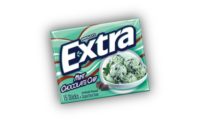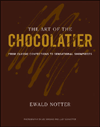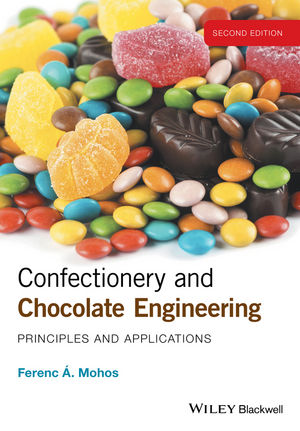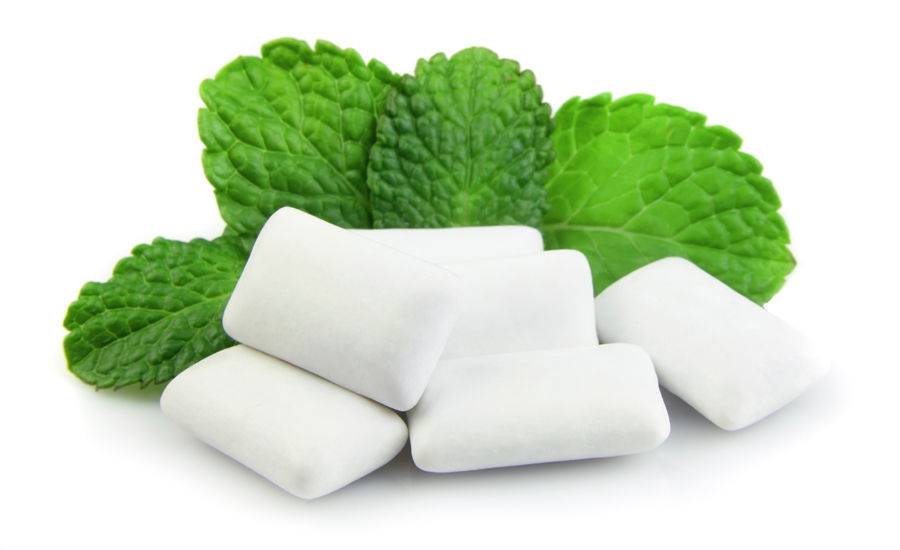Gum on: 2016 Gum trends
Smaller gum brands make a splash relying on simple ingredients, new flavors, and innovative packaging.














Gum and mint are almost synonymous. Mint, after all, is the flavor when it comes to gum.
For the smaller gum brands, though, there’s a lot to be gained by experimenting with new, unexpected flavors.
“It’s no secret that the gum category overall has had its challenges but there are diamonds in the rough in every sector,” says Tyler Merrick, founder and ceo, Project 7. “We have seen an increase in demand for our sugar-free gum as we are bringing a host of innovative flavors and experiences to our customers. Mint-flavored gum is still king but as consumers are looking for an innovative chewing experience they want options.”
The ubiquity of mint gum and the dominance of major companies like Wrigley and Hershey has made it difficult for challenger brands to establish themselves, but Merrick believes that gum still has a lot of potential and can be used in a variety of ways.
A lot of that potential lies in the format. The most widely-used formats on the market are sticks, pellets, and pressed gum. While the coated pellet and pressed tablet has a candy coating that gives the gum another wave of flavor, the stick format has remained largely unchanged over time.
“There are some great opportunities out there to expand upon these forms and texture experiences,” says Merrick. “The gum category would expand if there were new gum forms, texture experiences on the market.”
But there are, of course, challenges to that. Because almost all gum is extruded with the exception of pressed gum, production limits on equipment exist that make it hard to deviate from the norm.
What’s easier to innovate in is flavor. The ones that Project 7 comes up with are far removed from the usual variations of mint seen in larger brands. Their sugar-free gum comes in delicious-sounding flavors like Coconut Lime, Front Porch Lemonade, Wedding Cake, and Peppermint Vanilla.
They’ve also come out with Build+A+Flavor gums, which come in twin packs containing two different flavors.
“Each pack has one flavor in it and the customer can chew that flavor by itself as a gum experience or combine it with the other flavor in the other pack and make a combo new flavor,” says Merrick.
Toasted Marshmallow and Chocolate Graham come together to form S’mores. Cookie Dough and Vanilla Ice Cream combine into Cookie Dough Yo. And American Pie (Apple Pie and Vanilla Ice Cream) is on its way.
But there’s also the gum base to consider. Sugar-sweetened gum has a more granular texture to it, making it different in mouth-feel than sugar-free gum, says Merrick. Project 7 is also experimenting with new gum bases that will offer new texture experiences and are especially fun for blowing bubbles – which Merrick loves to do.
It’s not just Project 7, though. Other smaller gum brands are working to formulate their gum in a way that’s drastically different from bigger companies.
Simply Gum and Glee Gum are both natural gums, which have gained popularity with consumers who want, increasingly, to avoid artificial colors, flavors, sweeteners, and preservatives.
“We’ve transitioned to a new, 100 percent natural recipe for the gum base. We also now list the contents of our gum base right on the ingredient labels,” says Molly Lederer, director of communications and marketing, Glee Gum.
The main ingredient is chicle, a tree sap harvested sustainably from the rainforest of Central America. The sap not only provides an ongoing source of income for the rainforest inhabitants, but also helps conserve the rainforest by giving sapodilla trees added value beyond lumber, says Lederer.
And finally, packaging matters.
Glee Gum uses recycled cardboard boxes and other recycled materials for its packaging, which is rare in a segment where blister packs are the norm. Using sustainable ingredients and being environmentally friendly is important for Glee, though.
“If we had used blister packs on our gum from the start, at this point we would have created enough waste to fill one and a half Boeing 747s,” says Lederer.
Project 7, meanwhile, has created a soft pack that’s both resealable and sits comfortable in pockets, making it easy to carry. And Simply Gum’s box comes with wrappers for discarding chewed gum.
Still, for all the innovations that smaller gum brands like these have tested, there are still challenges for the little guy.
“More than anything it’s getting the product on the shelf,” says Merrick. “It is much more challenging as a smaller brand to get those opportunities on the shelf as there are so many of the proverbial ‘come back to us when you have sales data,’ and the way you get sales data is if you get your product on a shelf and see how it performs.”
And once the products are on the shelf, there are still plenty of distractions that could make getting consumers’ attention difficult.
It’s a learning process for the brands to figure out what works and what doesn’t.
“We are by no means experts as we’re still learning, but we just try to make the flavor image of the particular product clear to the customer and then let the back of the package do the heavy lifting,” Merrick says.
Looking for a reprint of this article?
From high-res PDFs to custom plaques, order your copy today!
















